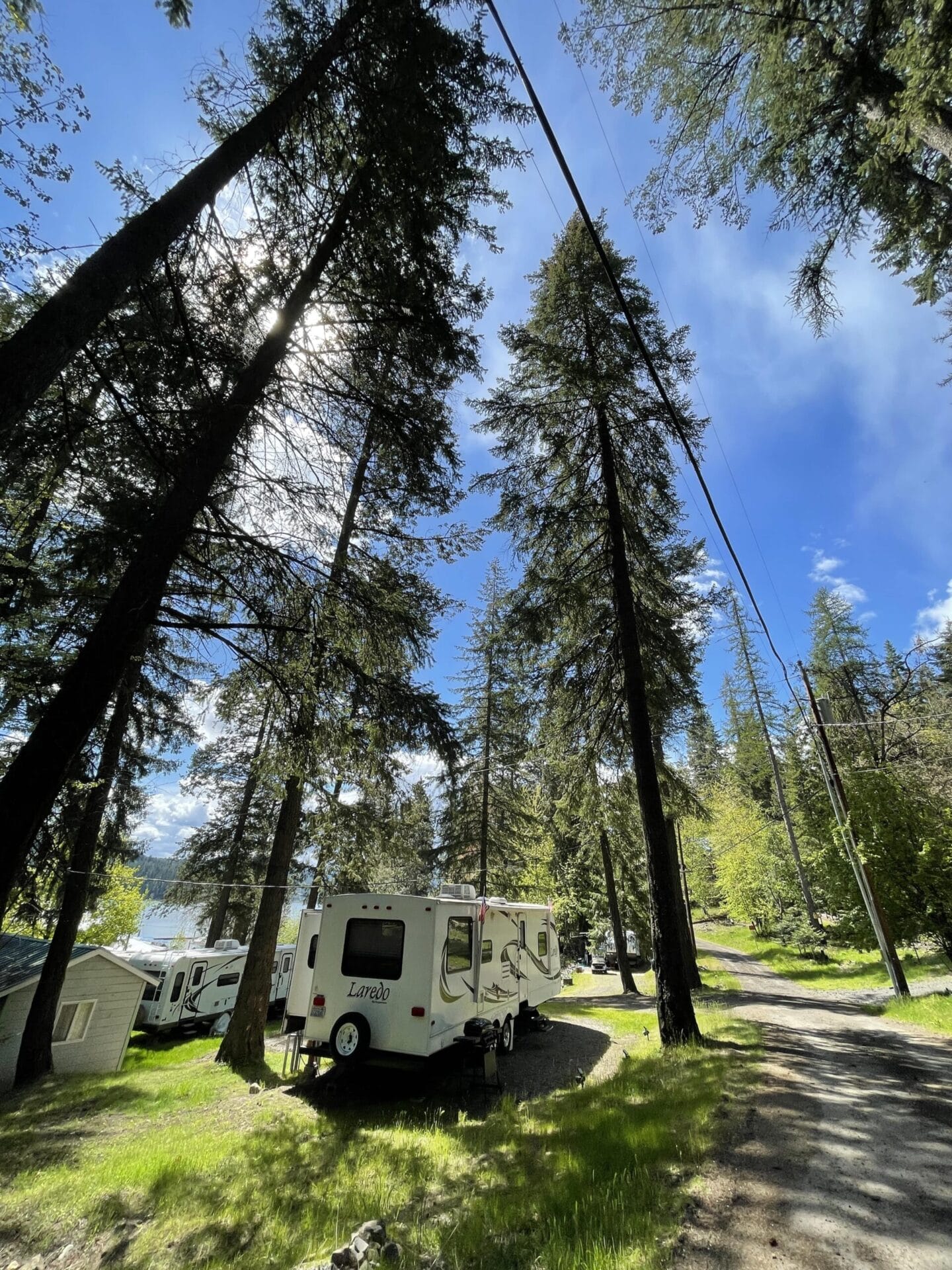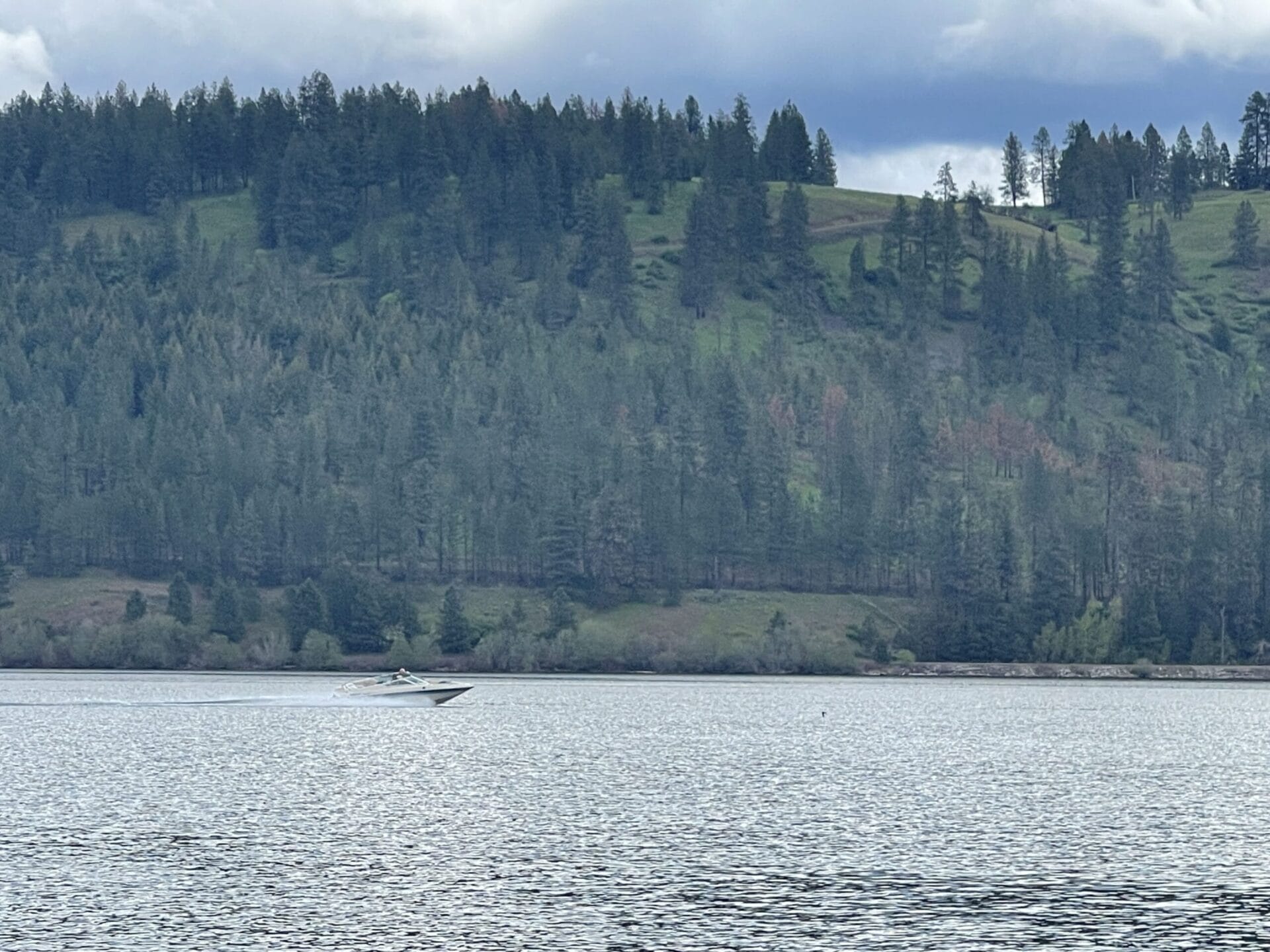The Indigenous Heritage of Conkling Marina

Standing on the shores of Lake Coeur d’Alene, taking in the calming blue waters and the dense pine forest, we often feel like some of the luckiest people alive. But we know we’re not the first people to feel this way. Long before Conkling Marina became a hub for a community of fishing and boating enthusiasts, it was home to the Tribe of Coeur d’Alene, a fascinating society of skilled hunters and traders who are still influential in the area today.
For thousands of years, the Tribe of Coeur d’Alene’s homeland spanned nearly five million acres. It stretched from Montana in the east to the Spokane River Valley in the West and from near the Canadian border in the north to near the confluence of the Snake and Clearwater rivers in the South. They hunted in the old growth forests and camped on the lake shore. They spent winters living in dugout dwellings and told their stories with song and dance. The tribe’s original name was Schitsu’umsh, meaning “Those who were found here.”
Like many other tribes in the Pacific Northwest, the ancestral language of the Schitsu’umsh people is a dialect of Salish. It’s the language they sang and told stories in. And it’s the language they spoke in the late 18th century when they first made contact with French colonial fur traders.
As experienced hunters, the Schitsu’umsh people found that they could regularly barter with the French fur traders. And in doing so, the tribe became known both for their disciplined work ethic and for their sharp trading practices. In fact, the French began calling the tribe “Coeur d’Alene,” which means “heart of awl.” (An awl is a small, pointed tool used for piercing holes in leather.) And the tribe has gone by that name ever since.
Today the Coeur d’Alene Tribe continues to sing and dance and tell their stories on the Coeur d’Alene Reservation just south of the lake. As a sovereign, self-governing tribe, their tribal council not only runs their own school, operates their own medical center, and resolves interfamily disputes on the reservation—they also advocate for responsible environmental stewardship at a national level. The tribal council meets regularly with members of congress and officials from Washington. And they’ve successfully sued several large corporations to force them into cleaning up hazardous mining waste dumped in the area.
If you’re interested in supporting the Coeur d’Alene Tribe during your visit to Conkling Marina & Resort, one of the best (and most fun) ways to do so is with a visit the Coeur d’Alene Casino for a game of bingo, an evening of playing the slots or a dinner of slow-roasted prime rib. After all, the ingenuity and environmentally minded actions of the Coeur d’Alene Tribe have been enriching our area for thousands of years. And that’s a contribution worth celebrating.







